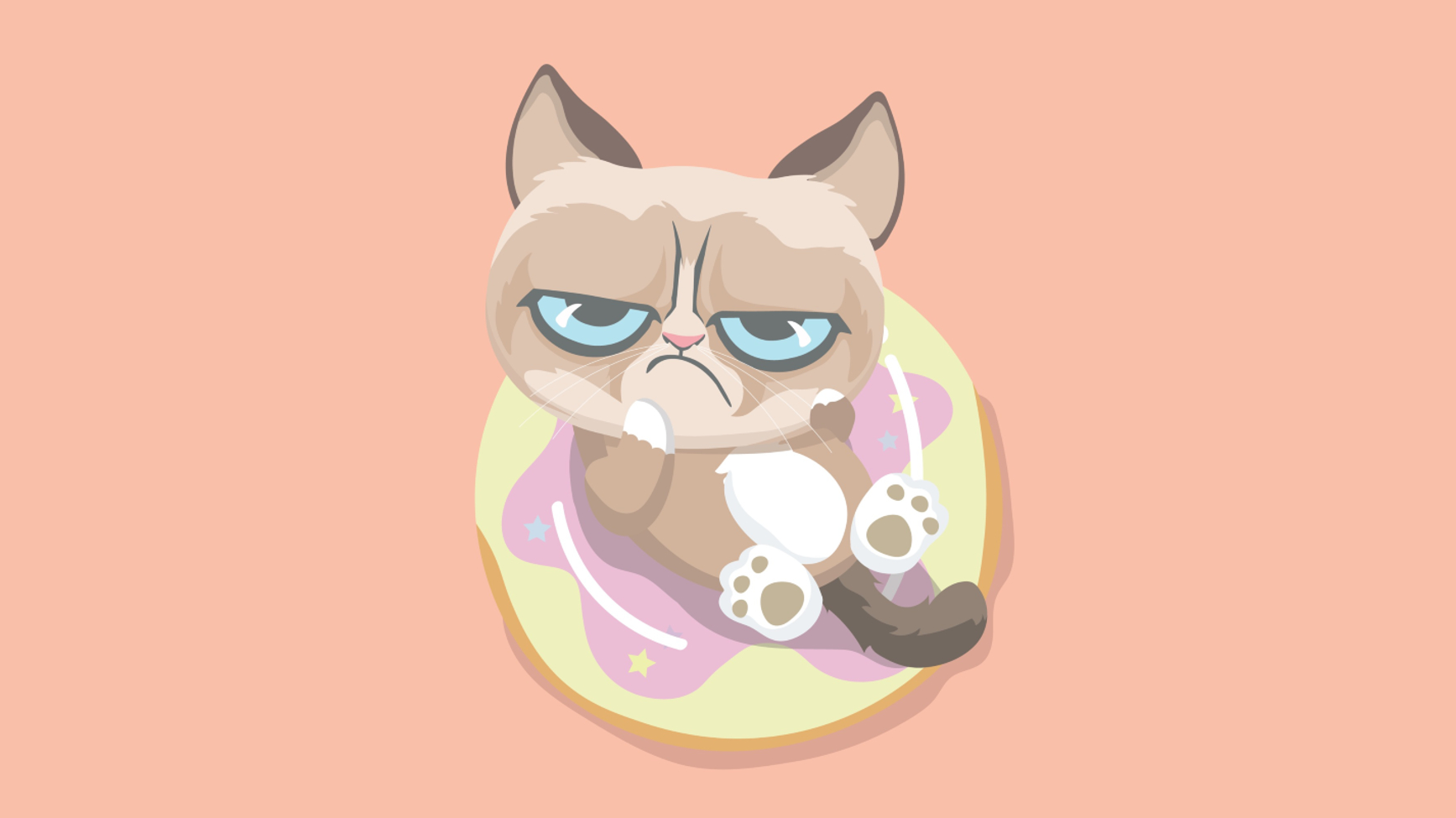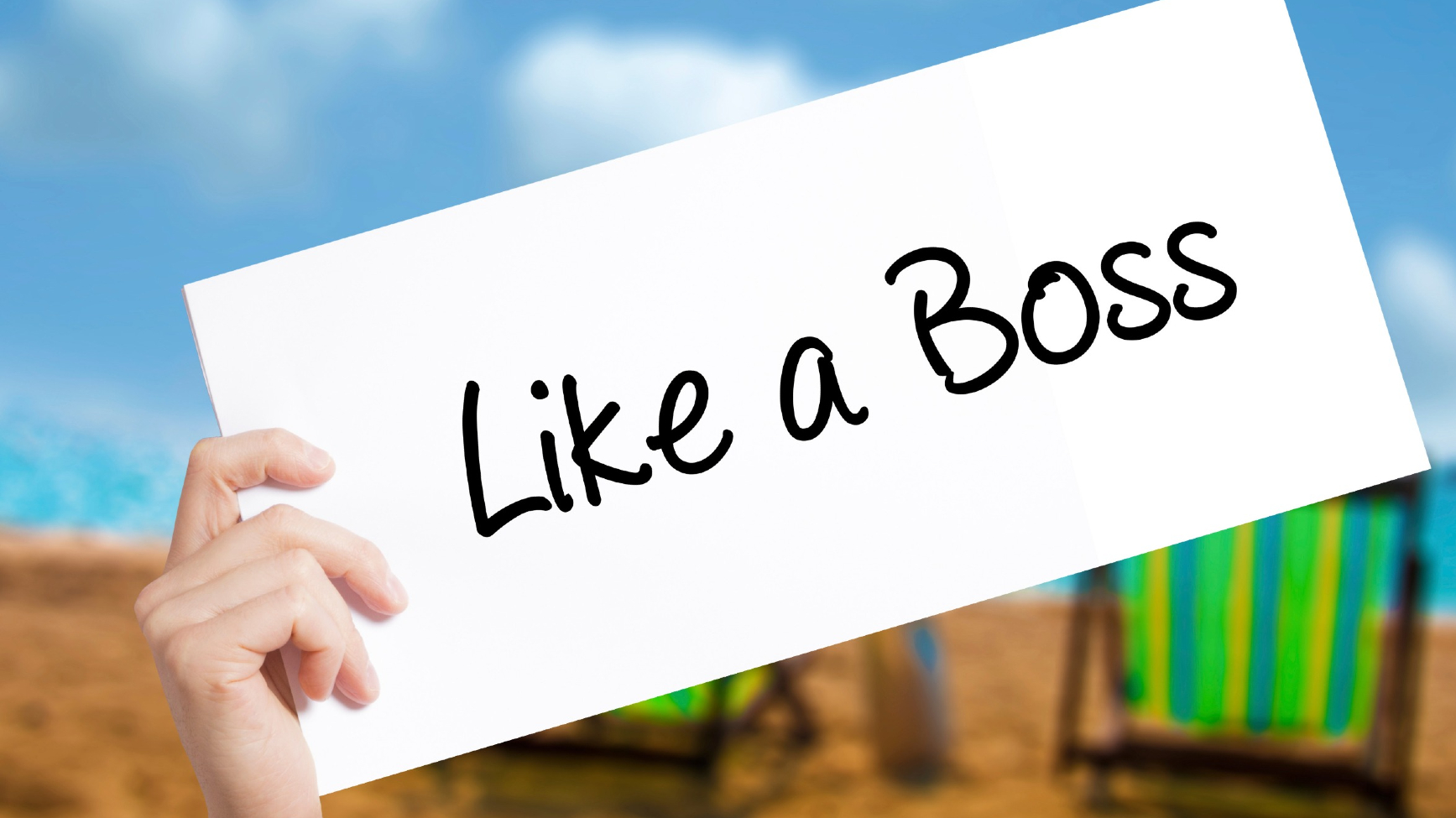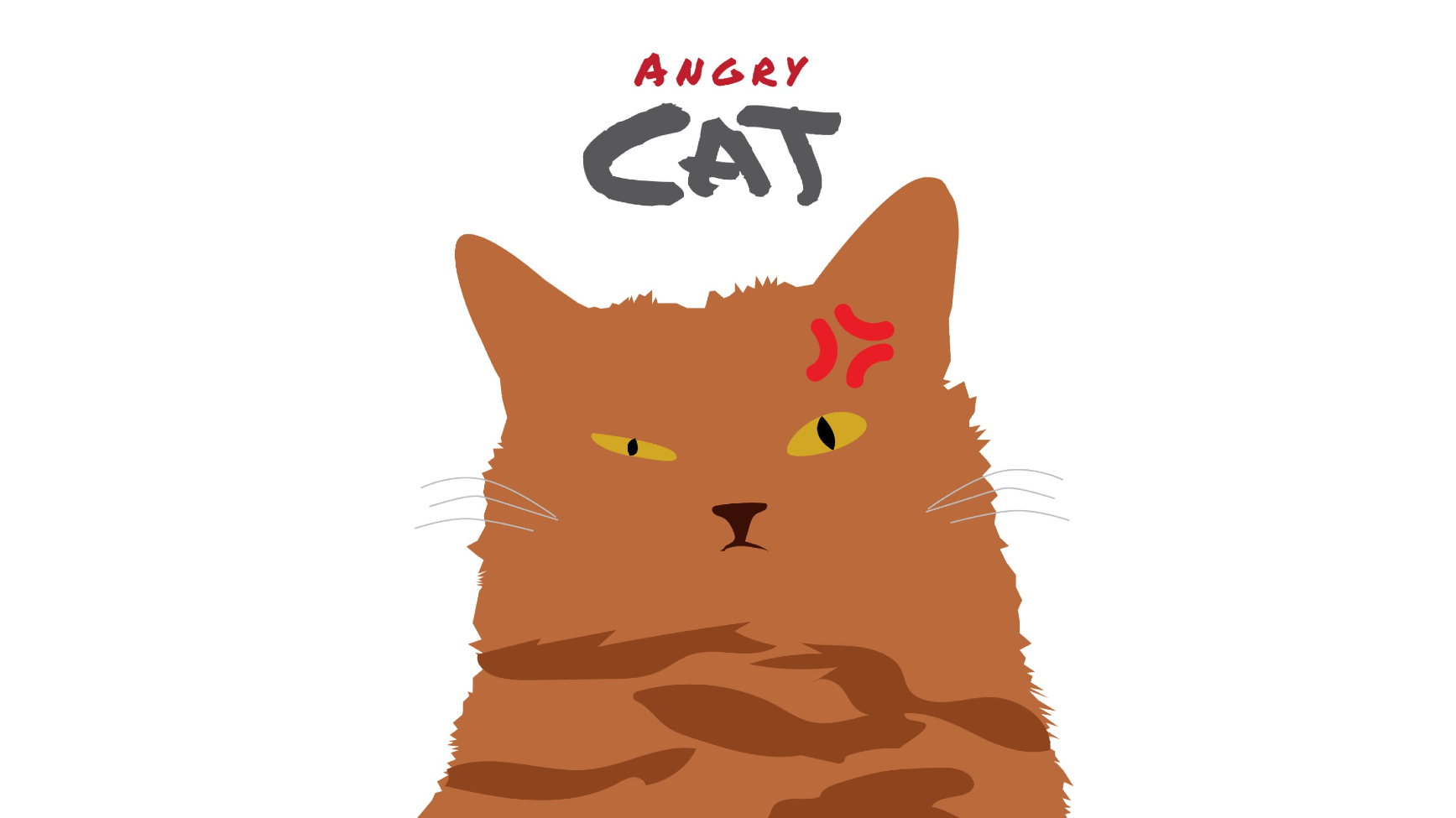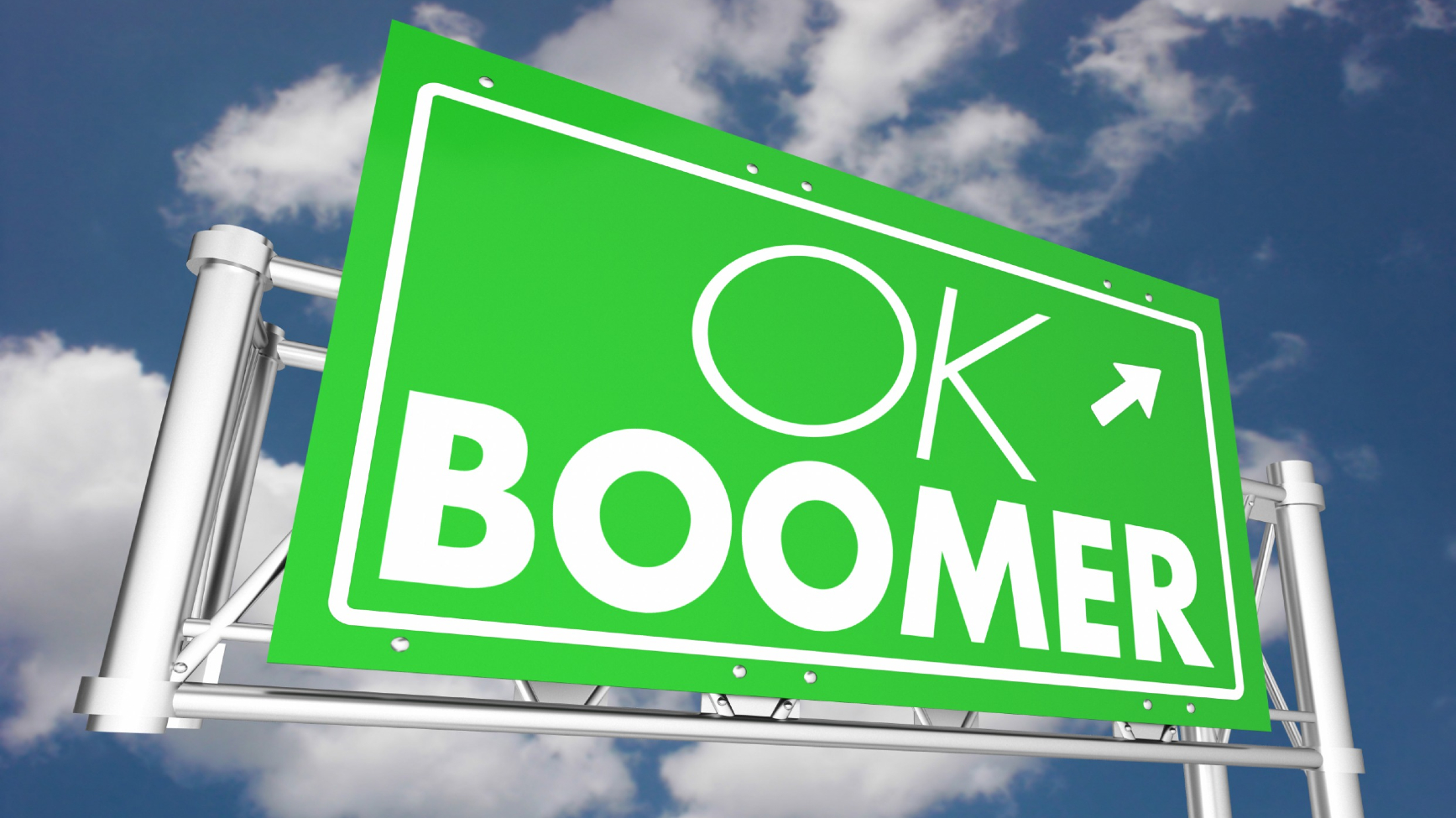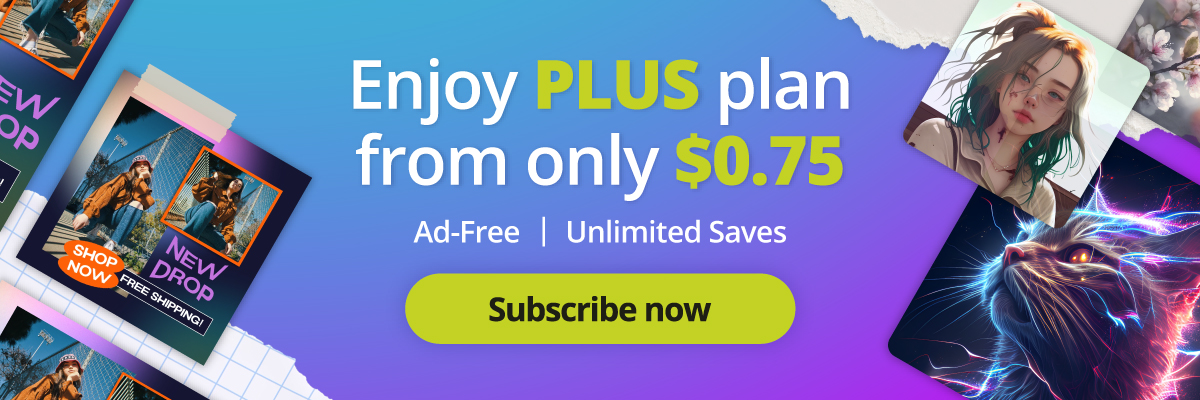World Laughter Day: Memes That Made History
It’s no laughing matter, or maybe it is!
Every year on the first Sunday of May, the world comes together to celebrate a universal language that transcends borders and cultures – laughter. World Laughter Day, a brainchild of Dr. Madan Kataria, founder of the worldwide Laughter Yoga movement, was first celebrated in Mumbai, India, in 1998. Today, it has become a global event, celebrated in over 70 countries worldwide. The day serves as a reminder of the healing power of laughter, its ability to connect people and its role in promoting global peace and understanding.
On World Laughter Day, it’s only fitting to reflect on a phenomenon that has brought joy, amusement, and of course, laughter to millions of people worldwide – memes.
In this article, we’ll take you on a journey through the history of memes, spotlighting those that have truly made their mark.
What Are Memes?
Memes, in the simplest terms, are ideas or concepts that spread from person to person within a culture. They can come in many forms, from catchphrases to fashion trends. However, the term ‘meme’ has taken on a new meaning in the digital age. Today, when we talk about memes, we usually refer to humorous images, videos, or texts that are shared and modified across the internet.
Memes That Made History
Let’s take a deep dive into the world of memes that have not just tickled our funny bone but have also made history.
1. Pepe The Frog (2005) edited with Pixlr
This simple cartoon frog started as a character in Matt Furie’s comic series, “Boy’s Club.” Pepe gained internet fame when users began sharing the “feels good man” panel. The meme took off, and Pepe’s image was manipulated to reflect a range of emotions. But it wasn’t all fun and games. At one point, the Anti-Defamation League classified Pepe as a hate symbol due to its appropriation by extremist groups. This marked a significant moment in meme history, showing how powerful these seemingly innocuous images can be.
2. Doge (2013)
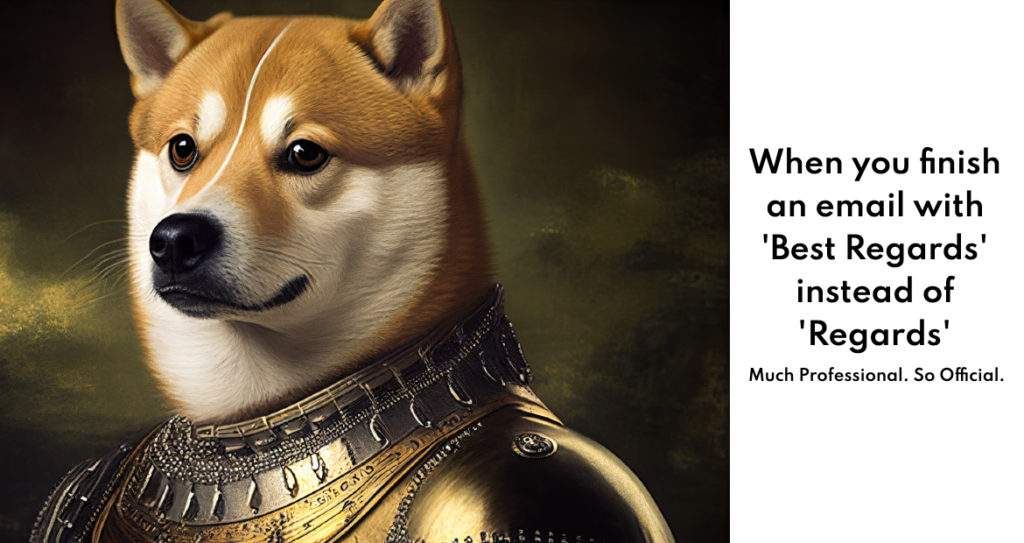
Edited with Pixlr
This Shiba Inu dog, accompanied by captions written in broken English and Comic Sans MS font, quickly became a sensation. Doge memes are an example of how memes can evolve and take on lives of their own. In 2021, Dogecoin, a cryptocurrency bearing the Doge’s image, made headlines by skyrocketing in value, proving the lasting influence of this meme.
3. Distracted Boyfriend (2017)
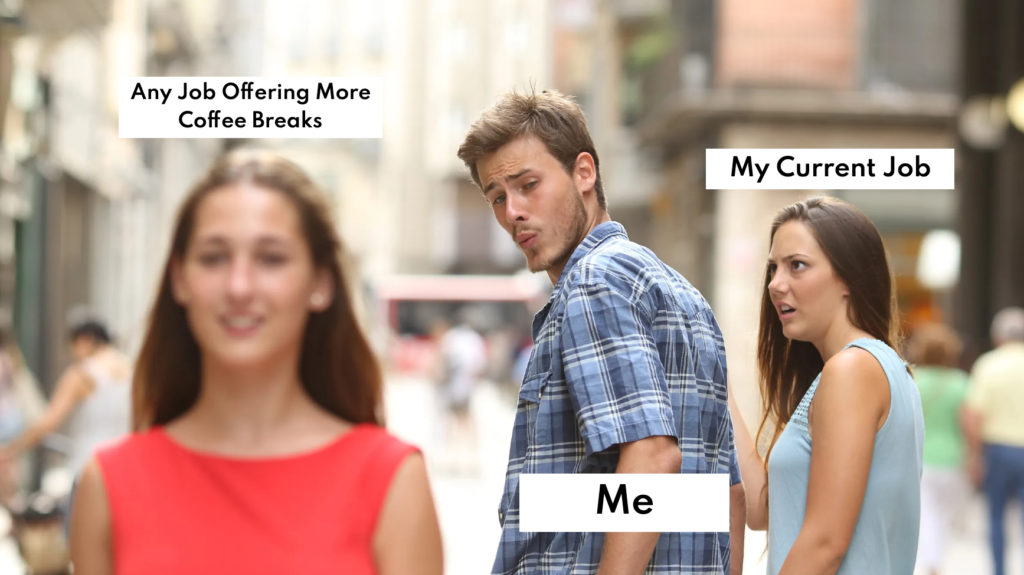
The stock image of a man looking at another woman while his girlfriend looks on disapprovingly became a viral sensation. It’s been used to depict numerous scenarios and featured in various contexts, from personal relationships to politics. This meme shows how versatile and adaptable memes can be, fitting into almost any narrative.
4. Arthur Fist (2016)
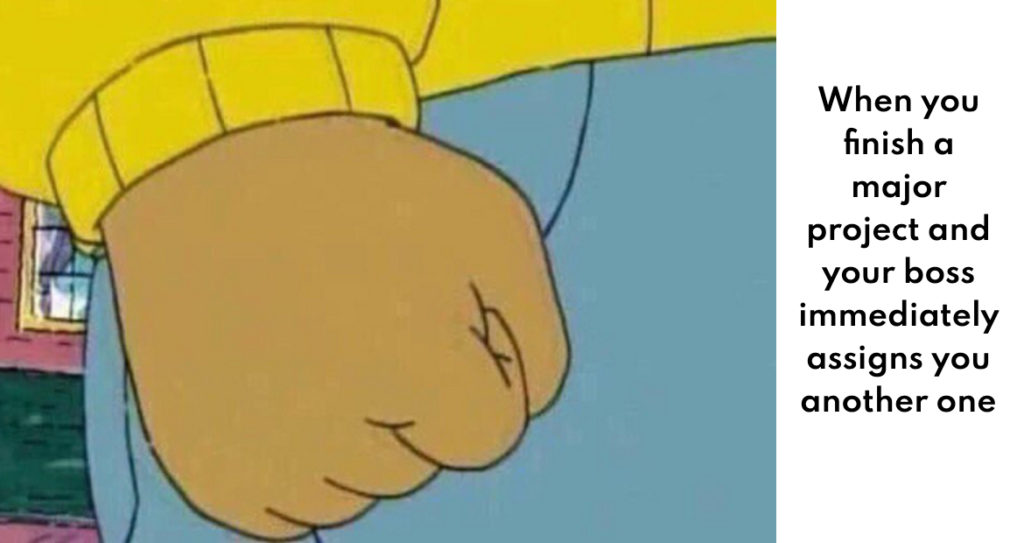
Extracted from a scene in the children’s cartoon show “Arthur,” this image of Arthur’s clenched fist became a symbol of frustration on the internet. It quickly went viral, with people using it to express everything from minor inconveniences to major societal grievances. The universality of its sentiment allowed it to resonate with a broad audience. This meme is a testament to how something as simple as a clenched fist can encapsulate a shared human experience.
5. Expanding Brain (2017)
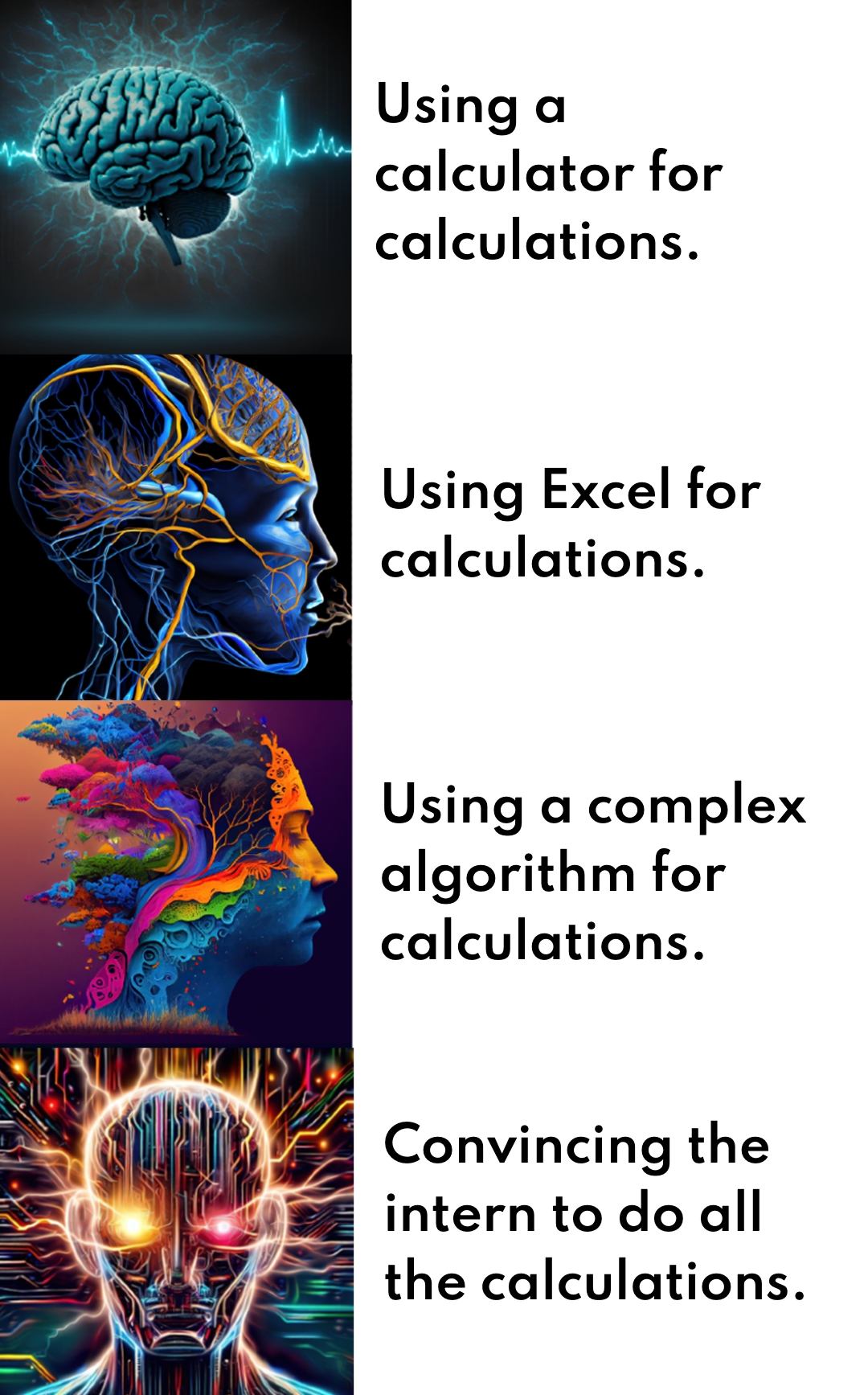
This meme, featuring a sequence of images showing brains in various states of illumination, compares the intellectual merit of different ideas. Its appeal lies in its adaptability, as it can be tailored to any situation, no matter how serious or absurd.
The Essence of Memes
Memes are more than just funny images; they are a form of expression and a tool for communication. As we celebrate World Laugher Day, let’s take a moment to appreciate the creativity, humor, and connection that memes have brought to our lives. Share a meme, laugh, and remember the power within these seemingly simple images.
The Power of Memes
Memes have evolved from simple humor to a universal form of communication. They have the power to influence popular culture and even political discourse. Memes have been used to spread awareness about important issues, from climate change to social justice. They’ve also played a role in marketing and advertising, with businesses leveraging memes to connect with younger audiences.
The Future of Memes
So, what’s next for memes? The emergence of NFTs (Non-Fungible Tokens) has paved the way for memes to be owned and traded. Memes like “Disaster Girl” and “Nyan Cat” have sold for large sums of money, opening up a new avenue for digital art and creativity.
As technology evolves, so too will memes. We can expect to see more interactive and immersive meme experiences, thanks to virtual and augmented reality advancements. And as artificial intelligence improves, we might even see AI-generated memes tailored to our individual humor.
Happy World Laughter Day!
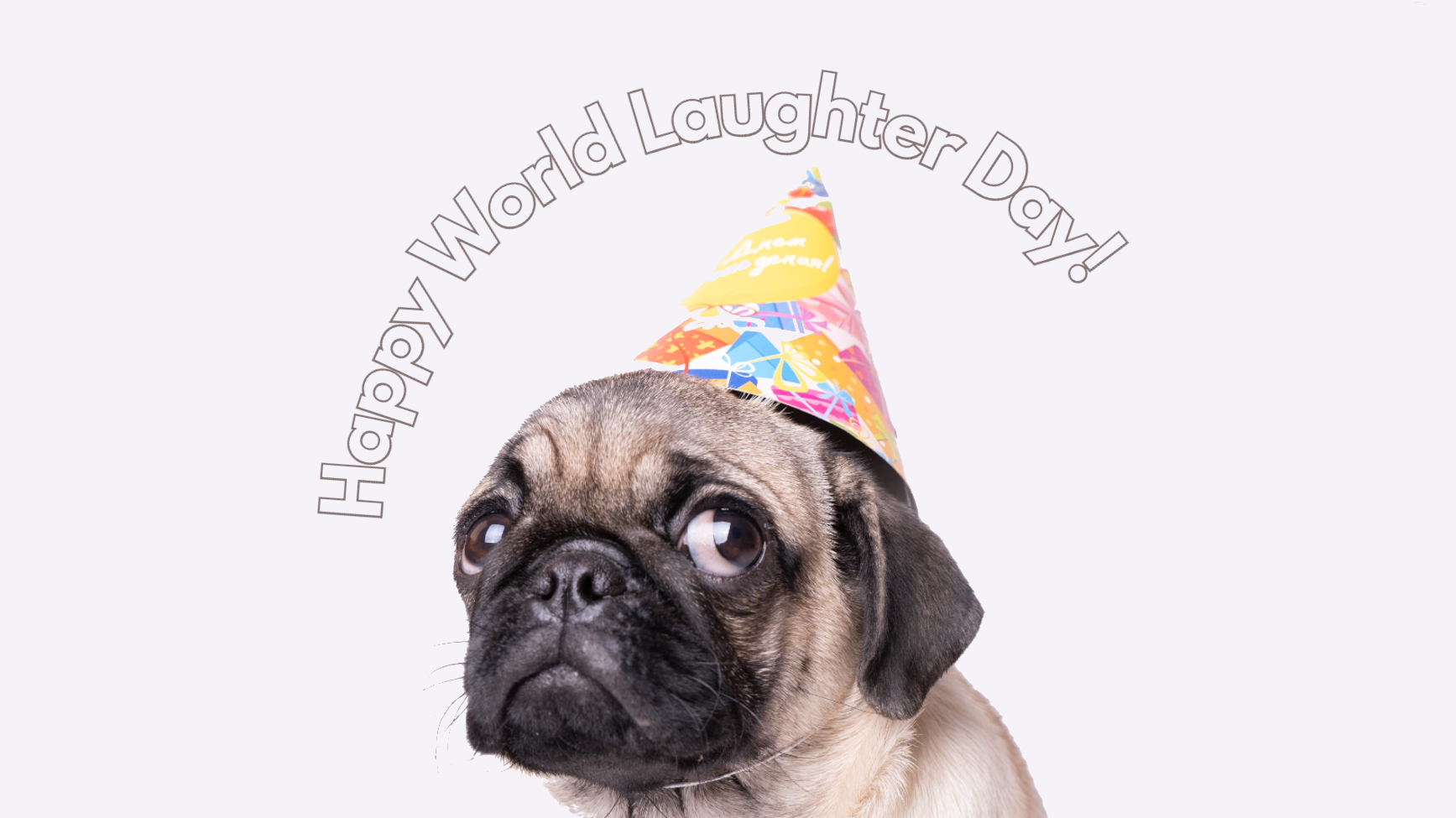
This World Laughter Day, let’s celebrate by honoring the memes that have made history and continue to bring joy to our lives. Here’s to many more years of laughter, creativity, and the ever-evolving world of memes.
Share your memes with us by tagging @pixlr on Facebook, Instagram, and TikTok for a chance to be featured on our feed.

